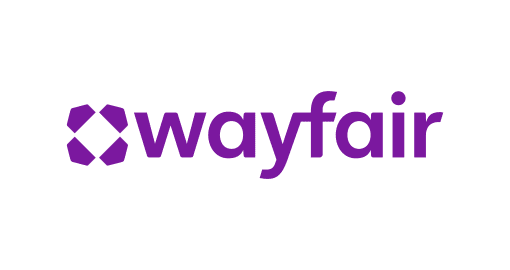Background:
Steve Conine and Niraj Shah co-founded Wayfair in 2002 on a shoestring budget, out of a spare bedroom in Steve’s house. By carefully analyzing Internet search patterns and results, Steve and Niraj recognized a market opportunity to sell stereo racks and stands online. What started as a single website quickly grew to more than 250 standalone sites selling everything from barstools to birdhouses. Soon, the company would offer the largest e-commerce destination for home furnishings and décor.
In 2011, Steve and Niraj took a giant leap and consolidated all their e-commerce sites into one mega, online destination for the home, naming it Wayfair. That same year, the formerly bootstrapped business took on its first institutional financing, a $165 million round from four investment firms, including Battery. Battery General Partner Neeraj Agrawal, having known Niraj from their college days at Cornell, had been eager to get involved with Wayfair for over a decade and jumped at the chance to invest.
Battery’s Impact:
- In consolidating its 250 individual websites, Wayfair chose to focus on five distinct brands– Wayfair.com, AllModern, Birch Lane, Joss & Main and Perigold–offering millions of products across a wide array of styles and price points. Through its investment research in the e-commerce sector, Battery had spent time extensively researching many private-sales websites like Gilt, Rue La La and others. Battery leveraged this expertise to advise on the business strategy for Wayfair’s Joss & Main brand.
- Battery also brought its expertise in business-to-business, application-software solutions to help Wayfair optimize its technology stack for direct-to-consumer marketing and customer service.
- In addition, Battery provided advice to Wayfair as it built its business-to-business sales function–a part of the business that would call on design and architecture firms, among others, to sell Wayfair goods.
Outcome:
Since going public in 2014, Wayfair (NASDAQ: W) has grown to be one of the world’s largest online destinations for the home. In 2020, the company reported $13 billion in net revenue. Wayfair currently employs over 16,000 people and is headquartered in Boston, MA with operations throughout North America and Europe.
The presented case study investment was made in particular economic and market conditions. There can be no assurance that Battery Venture would elect, or be able, to exploit similar opportunities in a similar manner under similar or different economic and market conditions. More generally, there can be no assurances that the Battery vehicles will have comparable investment opportunities in the future. No assumptions should be made that any investments identified above were profitable. It should not be assumed that recommendations made in the future will be profitable or comparable to the portfolio company described in this case study. For a full list of all Battery Ventures investments, please click here.

A monthly newsletter to share new ideas, insights and introductions to help entrepreneurs grow their businesses.






